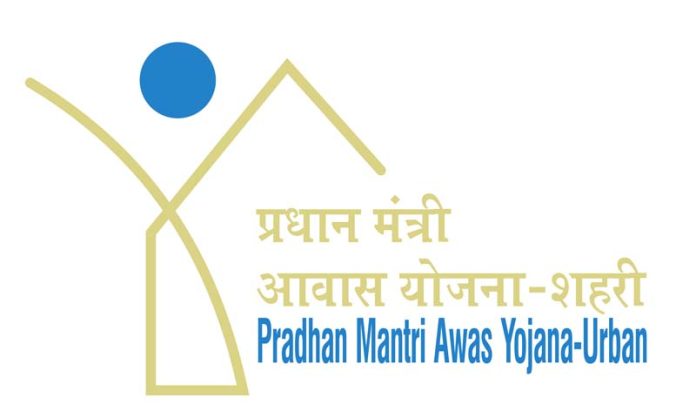The Union Cabinet’s approval to construct two crore additional houses under the PMAY-G signals a renewed commitment to achieving the ambitious goal of “Housing for All.” This initiative is a monumental step towards addressing India’s housing deficit, particularly among the economically weaker sections, low-income and middle-income groups. The sanctioned outlay of Rs 3,06,137 crore, with a significant central share, reflects the Government’s resolve to bridge the housing gap that has persisted for decades. With a focus on rural areas, where the need for safe and secure housing is most acute, this new phase seeks to address the shortcomings of the previous initiative.
One of the most commendable aspects of the PMAY-G is its focus on inclusivity. The scheme is designed to benefit those most in need-families without a pucca house, the landless, and those living in dilapidated or kutcha houses. The initiative to provide land rights (pattas) to landless beneficiaries is a significant move towards ensuring that the most marginalised groups are not left behind. Furthermore, extending benefits to EWS, LIG, and MIG families through the PMAY-U 2.0 urban housing scheme illustrates a comprehensive approach that spans both rural and urban areas. The provision of affordable rental housing under the Affordable Rental Housing Initiative addresses the needs of urban migrants, industrial workers, students, and others who require short-term accommodation. This is a critical intervention in cities where the cost of housing is often prohibitively high for many.
The Interest Subsidy Scheme is another crucial element that eases the financial burden on beneficiaries. By offering a 4 percent interest subsidy on loans up to Rs 25 lakh, the scheme makes homeownership more accessible to a broader population segment. The cap of Rs 1.80 lakh in subsidies, distributed over five years, is a well-thought-out mechanism that provides sustained financial relief. This subsidy encourages families to invest in long-term, stable housing.
The scheme’s design, which ensures higher financial assistance in Union Territories like Jammu & Kashmir and Ladakh and hill states and the North Eastern region, is particularly noteworthy. These areas often face challenges such as difficult terrain and limited accessibility, which can escalate construction costs. The provision of Rs 1.30 lakh per unit, as opposed to Rs 1.20 lakh in the plains, is a pragmatic adjustment that acknowledges these challenges and aims to overcome them. The special cost-sharing arrangement for Jammu & Kashmir, with the Centre bearing 90 percent of the construction costs, underscores the Government’s focus on the region. Given the unique socio-political and geographical challenges in Jammu & Kashmir, this generous allocation is likely to have a transformative impact on the ground. The potential to improve the living standards of those residing in remote and conflict-prone areas cannot be overstated. The 100 percent Central funding for the Union Territories without legislatures, like Ladakh, further demonstrates the Government’s commitment to ensuring that even the most remote and least developed areas are included in the national development narrative. This approach will not only enhance housing conditions but also contribute to the broader objective of social inclusiveness and national integration.
While the objectives and design of the PMAY-G are laudable, the real test lies in its implementation. The success of the scheme will depend on the efficiency and transparency of the delivery mechanisms. Corruption, delays, and bureaucratic hurdles have historically plagued large-scale welfare programmes in India, and PMAY-G is no exception. Ensuring that the benefits reach the intended recipients without leakage will require stringent monitoring and the use of technology to track progress and disburse funds. Moreover, sustainability should be a key consideration in the construction of these houses. The use of eco-friendly materials, energy-efficient designs, and the provision of basic amenities like sanitation, clean water, and electricity are essential to ensuring that these homes are not just shelters but places that offer a dignified and healthy living environment. The PMAY-G has the potential to transform the lives of its most vulnerable citizens.
Trending Now
E-Paper


